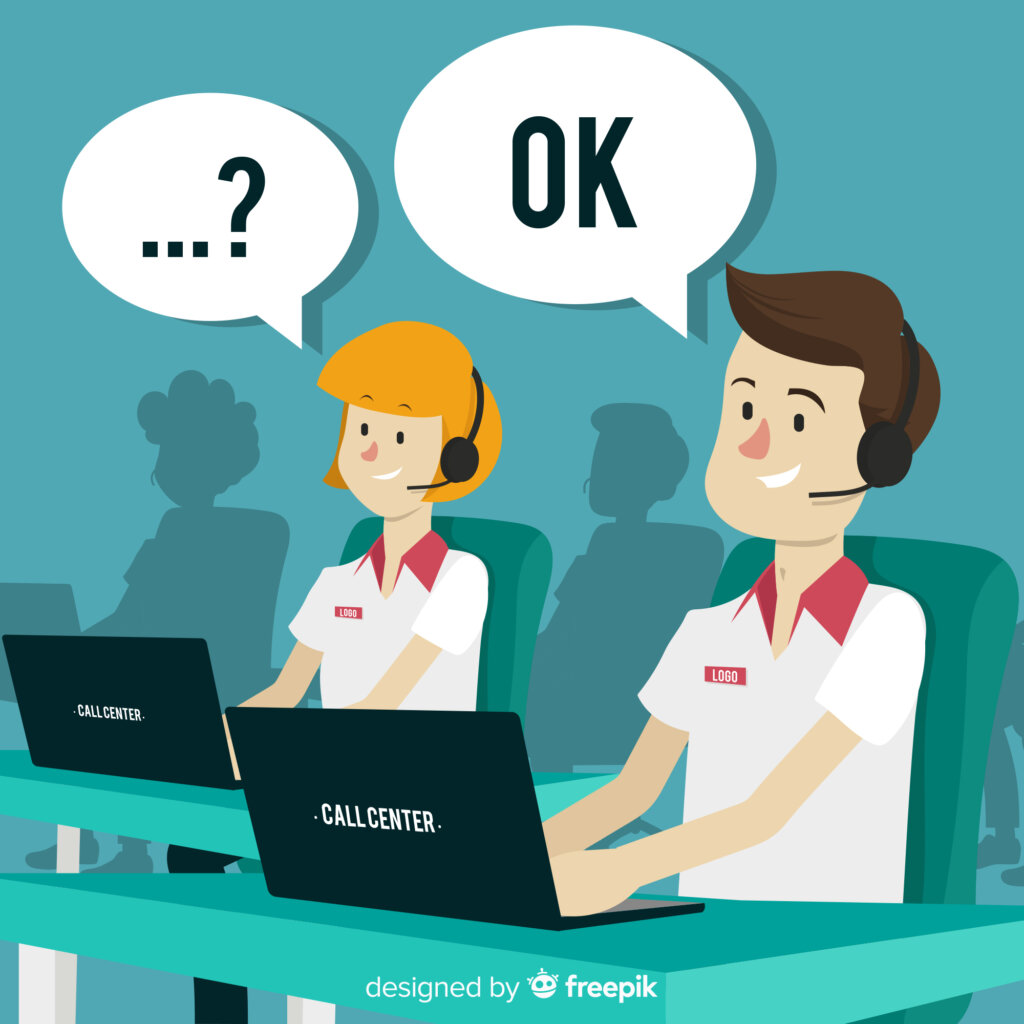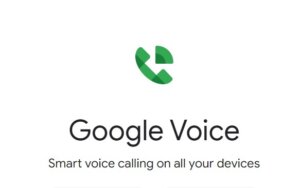
Today’s customers are emotional and want to blame someone. We may not be able to fix the problem ourselves, but we can help; the big problem is getting them to listen. We know what makes great customer service. We know what keeps customers coming back. Unfortunately, it’s not one thing that matters in a tough economy but everything.
Customers come to us angry and frustrated, but powerless.
They are also confused, disappointed, vengeful, hateful, hurt, and even arrogant to bully an answer out of us. In return, we find ourselves feeling the same way as we deal with them, but there is a difference: we can help. Ironically, it’s that simple understanding we’re going to need to train in most cases. It’s not that people don’t care, but that they don’t know when it’s okay to express caring. If those same customers come up against a machine, the irritation level goes up astronomically.
When we turn customer service into an automated system, we up the ante on frustration. We already know that. We cringe when we hear the system kick in, but companies put in the systems anyway because it saves money–not realizing we are already resenting the company. Some companies are still convinced that good customer service skills mean giving customers the answers they want and you’re done. There’s nothing more to be done. Not in my world, and I hope, not in yours.

What can we do about bad or “unfeeling” customer service? Training, of course. You could stop and say, we just have to hire certain personalities who can “deal.” It’s certainly helpful, but organizations don’t always think like us. You can hire or move previous customer service experience workers with ready answers or you can hire someone with a script who can either give a standard answer or refer to others who will get back to the customer. Which is the better option? The cheaper option is the latter. The former can be better at giving out the right answers. However, both may be lacking in what it takes to satisfy a customer.
Customers may have received the correct answer from the company’s point of view, but not in their own mind. So, is it acceptable for the customer just to go away angry? As a regional customer service manager, I have six states and six state customer service managers who may have already tried to deal with the customer’s problem, who most likely even told the individual exactly what he or she needed to do to resolve the said problem, but the customer is fishing for the answer he wants. Sometimes they do go away angry, but they may not be as frustrated; sometimes customers even thank me although I was no concrete help at all. They are thanking me for listening and trying to help them resolve their problems–even though I, too, was powerless to do so or had to tell them an answer they didn’t want to hear.
We are all good customer service folks who want to be empathetic but sometimes can’t take too much time to do it properly. Company rules. Too much time spent talking means too little getting done elsewhere. You know those other duties. The big topic on my email this morning. Actually saw several variations promoting training for Smoking Cessation. Now, there’s a hot topic! No pun intended. Management’s idea, of course, is that employees are spending too much time smoking instead of producing–oh, and it’s bad for your health. So it really sounds like employee support, too.
You know the story–that one disgruntled customer means many more lost customers. We give various numbers to back that up, but we know it’s true. However, that customer doesn’t have to be disgruntled, although they may not be totally satisfied. Not only can that negative situation go away, but it also can go completely the other way. “I didn’t get what I wanted, but they seemed to really care and would have taken care of my issue if they could.” That’s not a bad message to send.
With training, you can pare down what you need to say and still maintain the rapport necessary for a positive outcome. You can set the agenda, and achieve buy-in and positive outcomes because you have done your job. I’ve been a crisis manager for more than 10 years and “putting out fires” for many more than that. I am a customer service manager. I don’t like to give the bad news but I have to sometimes; I don’t like to be yelled at, but I know what it feels like to be a customer. Even if you are pressured to cut down the length of the calls, shorter calls can still be done with respect for the customer and common courtesy.

I’m sure there is a shopping list of things you should and shouldn’t say to an irate customer, but we don’t have time here to list them all. Instead, I’ll try to provide some good links to get a start on the whole story. Right now, the real problem is getting customer service programs that serve the public without pissing them off. Please forgive my language, but my sense of the dramatic does get away from me in moments of passion.
I’m sure if you are a customer service trainer you include in your training the way to address customers, not just how to find the information and ladle it out.
This includes active listening, showing empathy and genuinely trying to help.
Automated systems are designed to keep you from a person–and so are websites; however, they do serve a useful purpose for solving really basic problems. Bottom-line. Some customer service systems that save money are designed to keep people away from other people. Have you noticed public chat groups that seem to evolve over a need to have questions answered by a person, especially those customer service interview questions hard to get answered by the company? Even chat sessions have references while you are waiting for a person to “chat” with about your problem, and there are FAQs and a web page full of help. An intelligent person has already looked and resorted to “chat” where the answer was not so obvious. The chat person gained a friend because even in that little box was the tiniest amount of empathy for your problem. A little goes a long way.

Here are my thoughts, for what they are worth. To get the most out of customer service:
- Use people who know what they are talking about.
- If not available or affordable, use people who really know how to talk to people.
- Train these people, following the advice given by professionals on how to deal with difficult people and situations.
I get so many calls reflected back from the field to me because someone who should have been able to handle a situation easily at the local or state level could not put customers at ease, show them some respect and tell them what had to be done, and what else the customer could do if they were not satisfied. It’s an easy way to deflect what a great customer service representative doesn’t want to do.
That’s why training customer service people with the communication skills needed to do the customer service job interview is just as important or more important than the product subject matter itself. Talking to people may not seem as profitable in some circles, but as the public gets more and more fed up with the lack of good customer service answers, it will affect what products they purchase. There’s nothing like affecting profit margins to achieve a change in policy. I have a few names on my list already–and these are companies I respected. When I needed them, they were hard to find–if nothing else. So, it appeared they were only interested in my money.
- Tell people that whatever customer service role the staff tells you is probably what they can deliver in their jurisdiction or charge; if there is a higher option, they should give the customer that, too.
- Tell customers to write their Congress people if it is legislation that needs changing.
- Tell them the process of how to address the issues they have as best they can.
A situation may involve multiple agencies or other solutions not even remotely related to what you or your company can deliver, but tell them what you can. If you don’t know for sure, tell them that, too. At least you will be given credit for trying. There is no real reason why not to do it. Person to person. It’s no different than telling a customer the product they really want is available elsewhere. You lost the sale but gained enormous respect. Why have customers write letters, emails, and phone time and time again and never get to the people who can help? Your company and mine will keep hearing from them if the problem is unresolved.
All the customer service professionals I know are in agreement that “it’s out of our hands” or “it’s not my job” should never come out of a customer service rep’s mouth. Instead, offer suggestions of where the best referral can come from–even if what you are doing is guessing. Tell the truth–always. If it is a guess, tell them so. You’re human and you’re trying to help. There is a limit to the type of information to give. You don’t want to be seen as their confidant and champion for all things in life. Actually not even this, so try to control the conversation so it stays focused, but stay human.
Finally, I said I’d list some links for dealing with “difficult” customers. I didn’t have time to screen each one, but it’s a start. I may come out with my own later. I do like the attitude of the first one which says there are no difficult customers.
- http://www.davekahle.com/article/dealing.html
- http://customerservicezone.com/faq/indexangrycustomers.htm
- http://ewweb.com/sales/electric_difficult_customers/
- http://www.zendesk.com/blog/responding-to-nightmare-customers
As I always say, please comment, even if you know we will disagree. I don’t mind. I’ll probably ask you to friend me on LinkedIn. I don’t have the lock on answers. I’m reacting from more than 30 years of working in the fields of training and development (especially delivery and development), and communication–most recently in customer service jobs. These are all areas I feel passionate about. By the way, I do train and develop customer service programs. Check out my website, if you feel inclined. I’d appreciate it. Always looking for a challenge and my next project. My place or yours. Have an Affair to Remember. I guarantee training results.
—
For more resources about training, see the Training library.
For a look at the human side of training from my Cave Man perspective, please check out my book, The Cave Man Guide to Training and Development. Happy training.
 Sections of this topic
Sections of this topic














